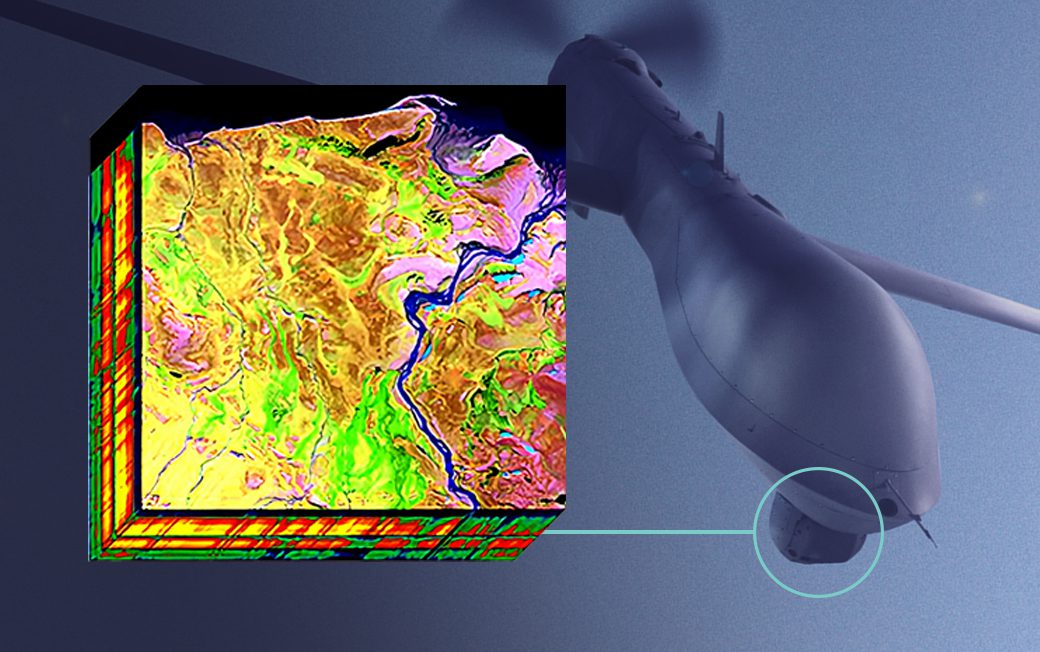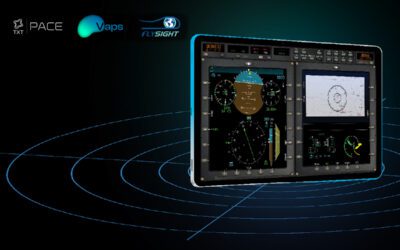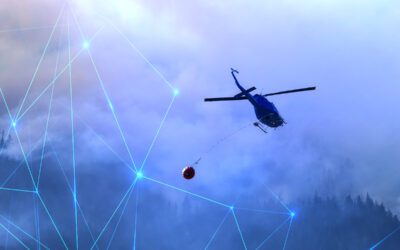Drone technology has advanced at such a rapid pace that it is now an integral and essential part of aerial surveillance for a wide range of agencies. From search and rescue to military and police operations, the combination of exceptional high-resolution imagery, mapping, and integrated VR layering can provide operators with incredible levels of detail and information gathered in real-time. Multispectral and hyperspectral cameras are now so highly advanced that they can be deployed in almost any situation.
Why use multispectral and hyperspectral cameras?
Multispectral cameras are not new, and infrared, in particular, has been used extensively by military and police surveillance teams for years. However, until recently, these cameras have been bulky and not suitable for use on smaller, lighter drones.
Modern developments have enabled technicians to miniaturize cameras to such an extent that even relatively small drones can easily carry them without losing image quality. This makes them ideal for surveillance as smaller, more manoeuvrable drones can get into places that larger airborne vehicles or satellite technology cannot.
A multispectral camera allows operators to capture images at different wavelengths, including shortwave, near-infrared and visible infrared. Because the human eye cannot naturally see in these expanded wavelengths, we have to rely on technology to do our ‘seeing’ for us.
What is the difference between multispectral and hyperspectral cameras?
The critical difference between the two is the number of bands of light each camera can detect and the width of those bands. Multispectral imagery generally refers to around three to ten bands defined by the number of pixels and acquired using a remote sensing radiometer.
Hyperspectral cameras create images from much narrower bands in the 10-20nm range using an imaging spectrometer. The potential to collect data from a far broader spectrum makes hyperspectral cameras far more sensitive and able to pick up images in bandwidths that even multispectral cameras struggle to cope with.
Applications within the surveillance spectrum
Hyperspectral cameras, despite their extraordinary range, may not be as good for detecting and isolating large individual objects such as a person or a vehicle. In this instance, hyperspectral cameras can be more practically applied in surveillance operations for more nuanced applications, such as identifying agricultural developments of illegal drugs, even when the growth area is being disguised from regular infrared or broad-spectrum cameras.
A drone fitted with a hyperspectral camera can scan an entire field to pick up signs of possible disturbance accentuated in specific wavelengths that can be analyzed and assessed in real-time.
Because of the nature of hyperspectral cameras, drones fitted with this technology can even surveil underwater targets and gather more data than previously. They can also be used for faculty inspections without the need to ingress the building to identify targets within the structure.
Multispectral cameras – too much information?
One of the concerns within the surveillance community is that multispectral and hyperspectral cameras can actually collect too much data, which can then be difficult to process. It also throws up the possibility of false positives or data that muddies the picture to the point where more targeted analysis is almost impossible. Therefore, it is essential when using this kind of technology to understand its potential and limitations and to adapt the use of the camera accordingly.
The easiest way to achieve this is to incorporate the data collated by drone-active multispectral and hyperspectral cameras through advanced software that can identify potential targets far more easily than a human operator.
However, this should always be used in tandem with that human touch. While cameras are outstandingly good at collecting data, it takes that instinct and skill that comes with years of experience in surveillance to interpret the results.
Piggybacking the data onto a system such as FlySight’s OpenSight Automatic Target Recognition also brings an element of refinement to data analysis, whether used for military or civilian surveillance, high-resolution imaging or mapping, and facility inspection. Combining drone-based surveillance with Deep Learning augmented reality and image processing takes technologically-advanced cameras to the next level.





